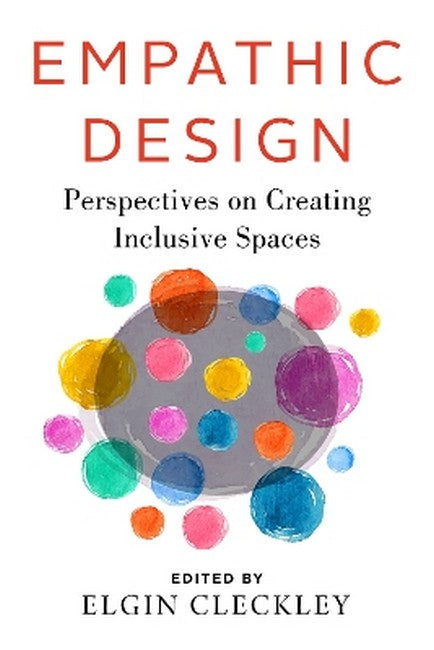Empathic Design
Empathic Design
SKU:9781642832051
Share
Together these design and architecture experts build an essential guide on how to create public spaces for everyone.
How do you experience a public space? Do you feel safe? Seen? Represented? The response to these questions may differ based on factors including your race, age, ethnicity, or gender identity. In the architecture and design professions, decisions about the articulation of public spaces and who may be honored in them have often been made by white men. How do designers rethink design processes to produce works that hold space for the diversity of people using them?
In Empathic Design, designer and architecture professor Elgin Cleckley brings together leaders and visionary practitioners in architecture, urban design, planning, and design activism to help explore these questions. Cleckley explains that empathic designers need to approach design as iterative, changing, and shifting to say, “we see you”, “we hear you”. Part of an emerging design framework, empathic designers work with and in the communities affected. They acknowledge the full history of a place and approach the lived experience and memories of those in the community with respect.
Early chapters explore broader conceptual approaches, proposing definitions of empathy in the context of design, disrupting colonial narratives, and making space for grief. Other chapters highlight specific design projects, including the Harriet Tubman Memorial in Newark, The Camp Barker Memorial in Washington, D.C., the Freedom Center in Oklahoma City, and the Charlottesville Memorial for Peace and Justice.
Empathic Design provides essential approaches and methods from multiple perspectives, meeting the needs of our time and holding space for readers to find themselves.
About the Author
About the Author
<p>Elgin Cleckley is an Assistant Professor of Architecture and Design at the University of Virginia with an appointment in the School of Education and Human Development and the School of Nursing. He is the Director of Design Justice at UVas Equity Center (Democracy Initiative Center for the Redress of Inequity Through Community-Engaged Scholarship), where he leads the schools NOMA Project Pipeline: Architecture Mentorship Program. He is the principal of _mpathic design, a multi-award-winning pedagogy, initiative, and professional practice.</p><br>
Couldn't load pickup availability


